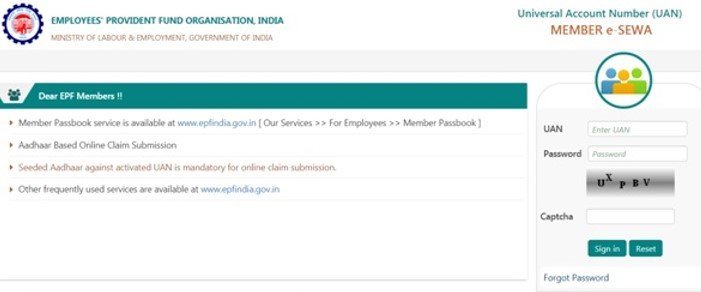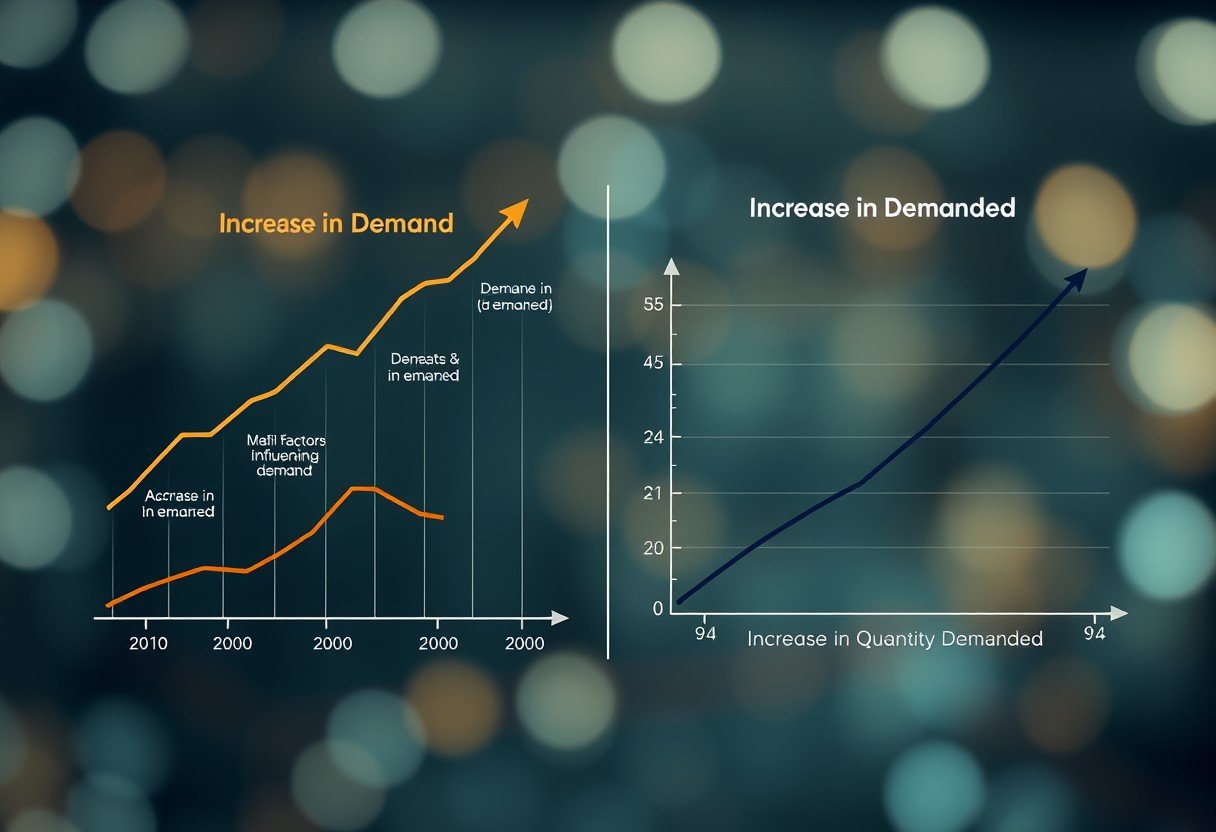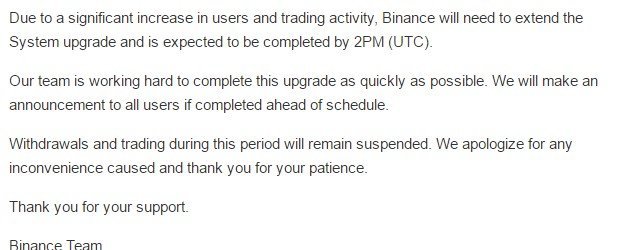Thinking about buying a boat to enjoy Australia’s beautiful waters? Before you can set sail, you’ll likely need to secure financing. A boat loan can make your dream a reality, but it’s a major financial decision. Understanding the key factors involved will help you find an affordable loan that fits your budget, ensuring your new adventure starts on the right financial footing. Let’s explore what you need to know.
Start with Pre-Approval for a Smoother Process
One of the smartest first steps in your boat-buying journey is getting pre-approved for a loan. This simple process can make a huge difference.
Pre-approval gives you a clear and realistic idea of how much you can actually afford to spend. This prevents you from wasting time looking at boats that are outside your budget. It essentially turns you into a cash buyer, giving you more power when negotiating the price with a seller.
Getting pre-approved also streamlines the final purchase, making the application and closing process much faster. You can close the deal quickly once you find the perfect boat. Here are the typical steps involved:
- Check your credit score and report for any errors.
- Gather necessary financial documents like proof of income, bank statements, and identification.
- Contact your preferred lenders, such as banks, credit unions, or marine financing specialists, to inquire about their pre-approval process.
- Submit your application and wait for the pre-approval letter, which will state the loan amount you qualify for.
Understand How Security Can Lower Your Interest Rate
A lower interest rate means a lower overall cost for your loan. Besides having a good credit history, providing some form of security, or collateral, is one of the most effective ways to get a better rate from a lender.
Collateral reduces the lender’s risk. If you are unable to make payments, the lender can take possession of the asset to cover their losses. This added security often convinces them to offer you a more attractive interest rate, which can save you a lot of money over the life of the loan.
Lenders accept various forms of collateral for a boat loan. It’s important to discuss your options with them to see what they prefer. Common types of security include:
- The boat itself: This is the most common form of security for a boat loan.
- Real estate: You may be able to use the equity in your home as collateral.
- Other vehicles: A car or another vehicle you own outright could be used.
- A co-signer: Having someone with a strong credit history co-sign the loan provides an extra layer of security for the lender.
Why Newer Boats Can Mean a Better Loan Deal
It might seem counterintuitive, but buying a new or nearly new boat can sometimes be a smarter financial move when it comes to financing. Lenders often view newer boats as a more reliable and sounder investment.
Lenders see less risk with new boats because there is a lower chance of mechanical failures or major issues arising soon after purchase. This reduced risk often translates into tangible benefits for you as the borrower. You will likely find that loan applications for new boats are approved more quickly and that the interest rates offered are lower compared to loans for older vessels.
If a brand new boat isn’t in your plans, you can still get favourable loan terms. As a general rule, try to purchase a boat that is less than five years old. This will significantly increase your chances of getting approved for a loan with a competitive interest rate.
Look Beyond the Sticker Price at Maintenance Costs
The purchase price of the boat is only the beginning of your expenses. Being a boat owner comes with a range of ongoing costs that you must factor into your budget. Forgetting about these can put a serious strain on your finances.
Maintenance, mooring, and operational costs can add up quickly. It’s crucial to research these expenses before you commit to a purchase. Generally, the larger and more complex the boat, the higher these associated costs will be.
Here is a simplified look at how annual costs can vary based on boat size. These are just estimates and can change based on location and usage.
| Boat Size (Length) | Estimated Annual Maintenance & Fees |
|---|---|
| Under 20 feet | $1,500 – $3,000 |
| 20 – 30 feet | $3,000 – $7,000 |
| Over 30 feet | $7,000+ |
Remember to account for mooring or marina fees, insurance, fuel, engine servicing, and unexpected repairs when planning your boat budget.
Secure A Boat Loan And Set Sail
With more financing options available today than ever before, securing a loan for your dream boat is very achievable. The key is to do your homework. The loan you choose and the boat you decide on will both play a huge role in the total cost of your adventure on the water.
By getting pre-approved, understanding how collateral works, considering the age of the boat, and planning for all the associated costs, you can confidently find a loan that works for you. With the right approach, you’ll be ready to set sail in no time.
Frequently Asked Questions about Boat Loans
What credit score do I need for a boat loan?
Most lenders look for a credit score of 650 or higher for a boat loan. However, having a score above 700 will give you the best chance at securing lower interest rates and more favourable terms.
Can I get a boat loan for a used boat?
Yes, you can absolutely get a loan for a used boat. Lenders may have age restrictions, often preferring boats less than 10-15 years old, and may require a professional marine survey to assess the boat’s condition and value.
How long are typical boat loan terms?
Boat loan terms are often longer than car loans, typically ranging from 10 to 20 years. The length of the term usually depends on the loan amount, with larger loans qualifying for longer repayment periods.
What are the main differences between a secured and an unsecured boat loan?
A secured boat loan uses the boat itself as collateral, which usually results in lower interest rates. An unsecured loan does not require collateral but is riskier for the lender, so it comes with higher interest rates and is harder to qualify for.
Is it a good idea to pay a large down payment on a boat?
Yes, making a larger down payment, typically 10-20% of the purchase price, is highly recommended. It reduces the amount you need to borrow, can help you secure a lower interest rate, and lowers your monthly payments.
Are there any hidden fees in boat loans I should watch for?
Always ask your lender about any potential fees before signing. Common fees can include application fees, loan origination fees, prepayment penalties for paying the loan off early, and late payment fees.









Leave a Comment